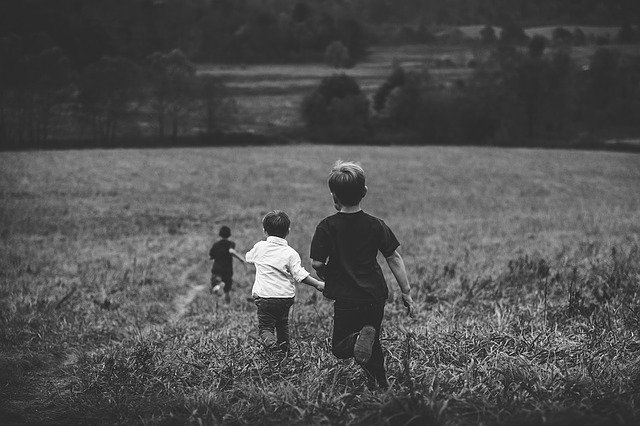New study links air pollution to a higher risk of developing asthma in young children

The new research from Denmark, published in the British Medical Journal this week, shows that children who are exposed to higher levels of fine particulate matter—PM2.5—in the air are more likely to develop asthma and persistent wheezing than children who are not exposed.
Air pollution can be defined as the presence of harmful substances in the air that interfere with human health and ecosystems. There are a handful of commonly found pollutants that are regulated by agencies around the world, mainly due to their significant adverse effects on human well-being. One is particulate matter (PM), a mixture of solid particles and liquid droplets suspended in the air that can include acids, metals, dust particles, and organic chemicals.
Particle pollution is classified into three main, sized-based, categories: (i) total suspended particulate (TSP), (ii) inhalable coarse particles (PM10), (iii) and fine particles (PM2.5). PM2.5 is at least 30 times smaller than the width of an average human hair.
Outdoor sources of particles include power plants, factories, mining, forest fires, and automobiles. Indoor concentrations can be the result of emissions from cooking stoves, cleaning products, and various building materials. Indoor concentrations can, interestingly, significantly surpass outdoor levels, especially in venues with inadequate ventilation.
The researchers in Denmark conducted an observational study of more than three million Danish children born from 1997 to 2014 and followed them for asthma onset and persistent wheezing from ages 1 to 15 years. Over 122,500 children were identified as having asthma and persistent wheezing (at an average age of 1.9 years).
This information was then linked by the researchers to detailed air pollutant measurements at the children’s home addresses, and to data on parental asthma, maternal smoking, parental education, and income.
Among other results, exposure to PM2.5 was found to be associated with an increased risk of asthma and persistent wheezing, a result that remained robust across the different models and after further (sensitivity) analyses.
Sefi Roth has looked at air pollution’s effects on educational achievements and human capital formation for IZA World of Labor. He writes about how “[r]ecent empirical evidence implies that air pollution imposes higher costs on society, because it adversely affects scholastic achievement and human capital formation, in addition to human health. Furthermore, improving air quality may also improve social mobility, as evidence suggests that air pollution affects educational outcomes unevenly across the income distribution.” Roth recommends policymakers “acknowledge these additional effects when formulating new environmental regulations and should revisit existing policies, which are based on the impacts of pollution on human health alone.”
The Danish researchers conclude from their study that further reductions in PM2.5 “might help to reduce the number of children who develop asthma and persistent wheezing in highly exposed populations.”
Find more IZA World of Labor content on environmental regulation and the labor market.